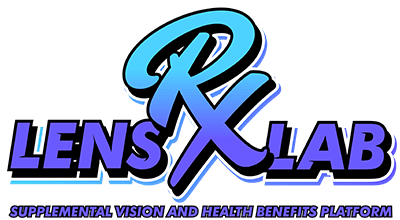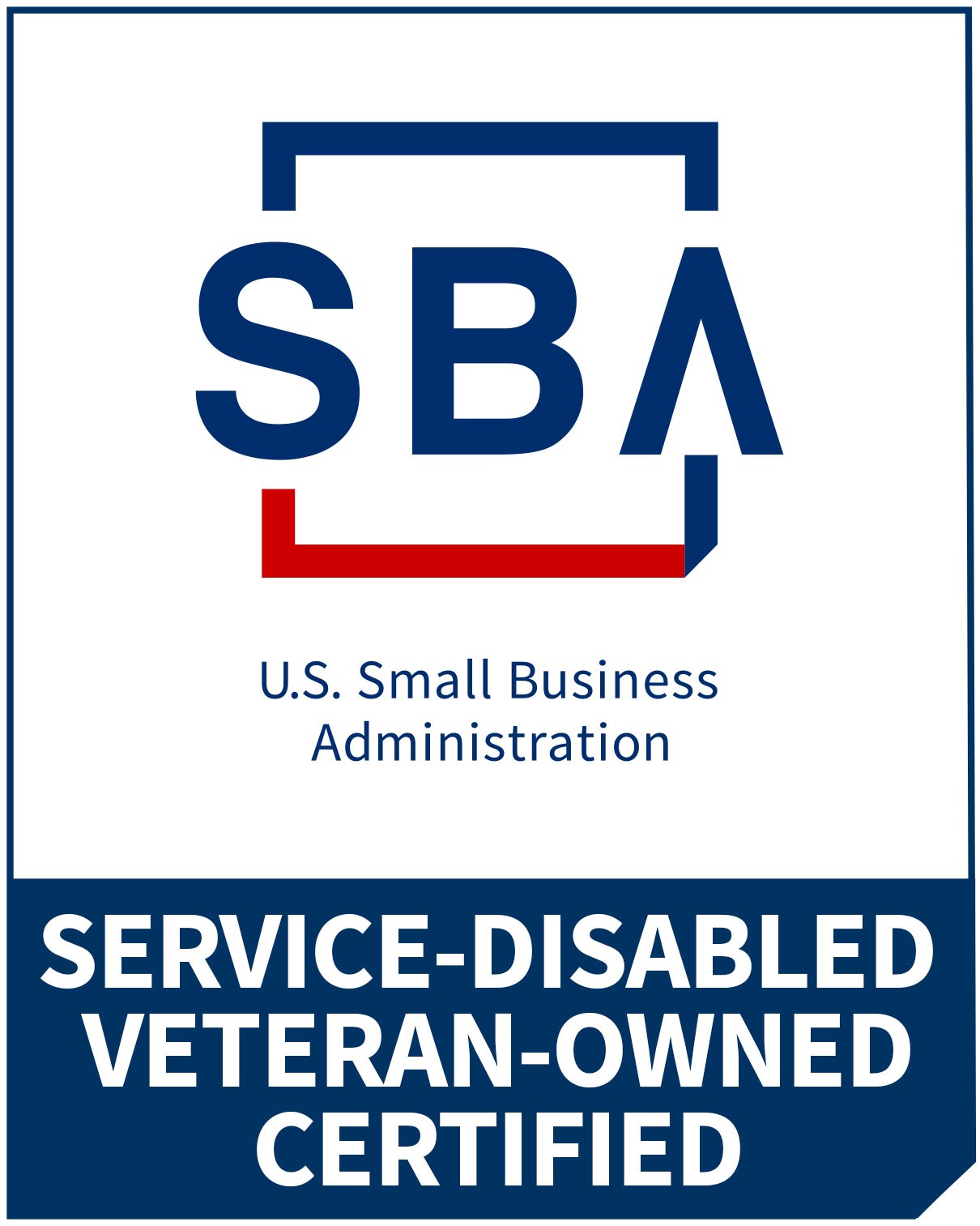BLACK AMERICAN AND SBA CERTIFIED SERVICE-DISABLED VETERAN OWNED OPHTHALMIC GOODS MANUFACTURER SMALL BUSINESS (SDVOSB) ENTERPRISE
- service@lensrxlab.com
The purpose of this BLOG is to provide clear, consistent guidance for patients,
Veterans, service members, beneficiaries and employees, managers, and
supervisors of regarding eye protection.
The goal is to comply with the Occupational Safety and Health Administration
(OSHA) regulations concerning eye safety and meet employee needs for safety and
comfort.
According to the National Institute of Occupational Safety and Health (NIOSH),
each day about 2000 U.S. workers have a job-related eye injury that requires
medical treatment.
Some common eye hazards are:
– Dust, concrete, and metal particles
– Falling or shifting debris, building materials, and glass
– Smoke and noxious or poisonous gases
– Chemicals (acids, bases, fuels, solvents, lime, and wet or dry cement powder)
– Cutting or welding light and electrical arcing
– Thermal hazards and fires
– Bloodborne pathogens (hepatitis or HIV) from blood, body fluids, and human
remains
Some common eye injuries include:
– Corneal abrasions and conjunctivitis (red eyes)
– Concrete or metal particles or slivers embedded in the eye
– Chemical splashes or burns
– Welder’s flash
– Eyeball laceration
– Facial contusions and black eyes



About LENSRXLAB SUPPLEMENTAL VISION AND HEALTH BENEFITS PLATFORM
*LENRXLAB Supplemental Vision and Health Benefits Platform is dedicated to providing comprehensive and affordable eye health solutions, encompassing diabetes, safety benefits management, and safety compliance for government and corporate worksites across all 50 States, Washington DC, and US Territories. Our overarching goal is to annually serve 250,000 or more patients, service members, veterans, beneficiaries, and employees with high-quality safety, diabetic, and dress eyewear. Additionally, we aim to reach and benefit 500,000 individuals at risk or diagnosed with diabetes through our innovative DiaVista lens technology.
*LENSRXLAB is a distinguished Black American and SBA Service-Disabled Veteran-Owned Ophthalmic Goods Manufacturer and Wholesaler Small Business Enterprise. Our leadership, headed by Anthony B. Miles, a US Navy Trident Submarine Force Veteran, and Dr. Chelise Firmin, Optometrist, is rooted in Philadelphia, Pennsylvania, with operations extending to Jacksonville, Florida.